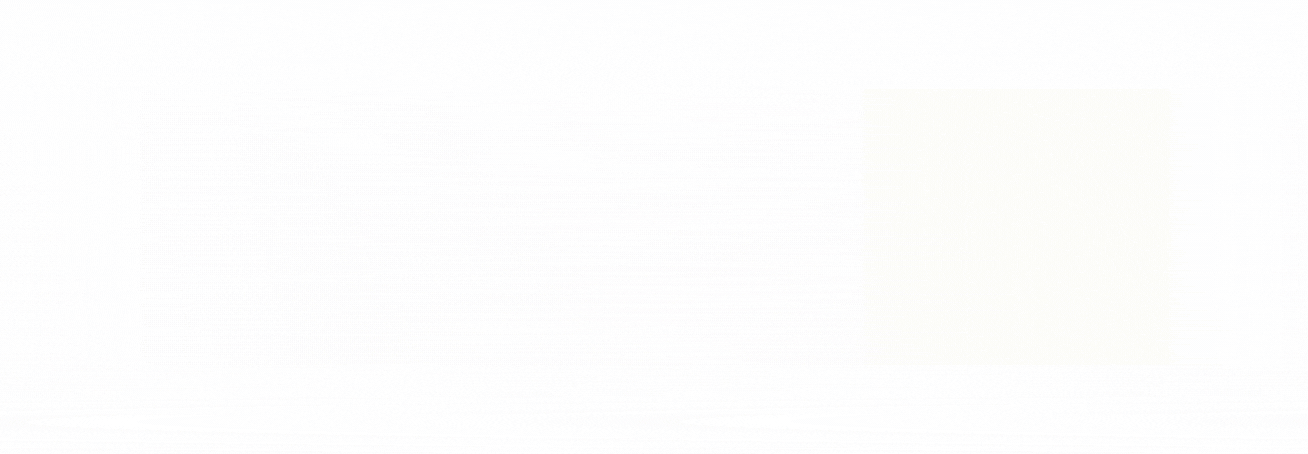
About Us
Ay Yıldız Kindergarten offers a special educational environment where children experience discovery, learning and fun. In this process, which is the most critical stage of development in early childhood, we support our children's mental, physical, social and emotional skills in the best way possible, ensuring that they become strong and self-confident individuals.
We aim to support not only the academic but also the creative and social development of children with our valuable programs such as bilingual education, STEM, Scamper creative thinking techniques, drama, coding, Orff and rhythm, gymnastics, dance, chess, travel and art workshops.
Our Educational Philosophy
Children are naturally curious and open to discovery. We support their innate desire to learn and offer a safe, fun and interactive environment. With learning by experience, active discovery and game-based education, we enable our children to express themselves comfortably and develop their problem-solving skills.
.webp)
AY YILDIZ KINDERGARTEN

If walls could talk
We say that if walls could talk, they actually have a language, something to say. When you enter any environment, the objects it contains, their colors, and the way they are placed convey many hidden messages to you; even if we cannot name all of them, we perceive them and unconsciously adjust our behaviors accordingly; children perceive these messages better with their more open perceptions and adapt to the environment.
The familiar nursery environment also gives an important message to the child with furniture and wall colors arranged around basic colors (such as red, green, blue), simplified drawings of real objects on the walls or decorations prepared by teachers, and popular cartoon characters. This is that the child does not have the ability to understand and perceive complex colors and shapes, objects in the real world, and the relationships between them, and that the child needs to be presented with a simplified version of the real world in order to understand. In fact, the classic nursery environment is a reflection of our general view of the child.

Rich Environment
At GÜL Kindergarten, on the contrary, we believe that children have sufficient skills, curiosity, talent and creativity to perceive the real world as it is and that they can perceive the real world as a complex and rich environment. In fact, we organize our environment accordingly, knowing that an environment arranged in this way offers the opportunity to learn objects and the relationships between objects by seeing, touching and trying them.

Everywhere is an Exhibition Area
Our studio, classrooms, walls are full of objects that will attract the child's attention and materials that can be used in the works, and beyond that, our environment is an exhibition area for the children's works. No corner is worthless and every corner of the school, including classroom doors, beams, stairwell walls and even toilet walls, hosts the works done. In these works, no ready-made drawings or templates are used and teachers do not guide the child other than teaching the technique of the work done. Therefore, the colors, contents and shapes of all the works belong to the children. The works done by the children are exhibited to all visitors on the frequently changing school walls in our school. In this way, a rich and interesting environment is created where the child can be inspired by what has been done before and that will ignite creativity, while at the same time the idea that the works done by the children are "worthy of exhibition" is conveyed.

Interesting Rooms, Corners
In our kindergarten, children do not spend their time only in the classroom, there are activity areas where they can spend time outside the classroom. Children can play in the garden, do a study using different materials in the workshop, play shadow-light games in the light workshop. In total, an area as large as the classroom area is reserved for different activities outside the classroom. There are also different corners inside the classrooms that will attract children's attention.
.png)

